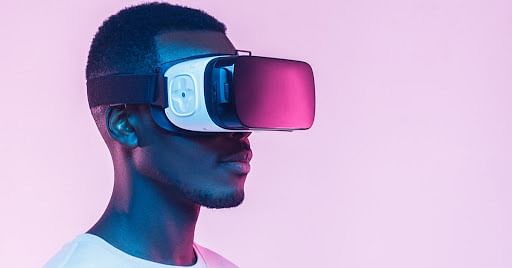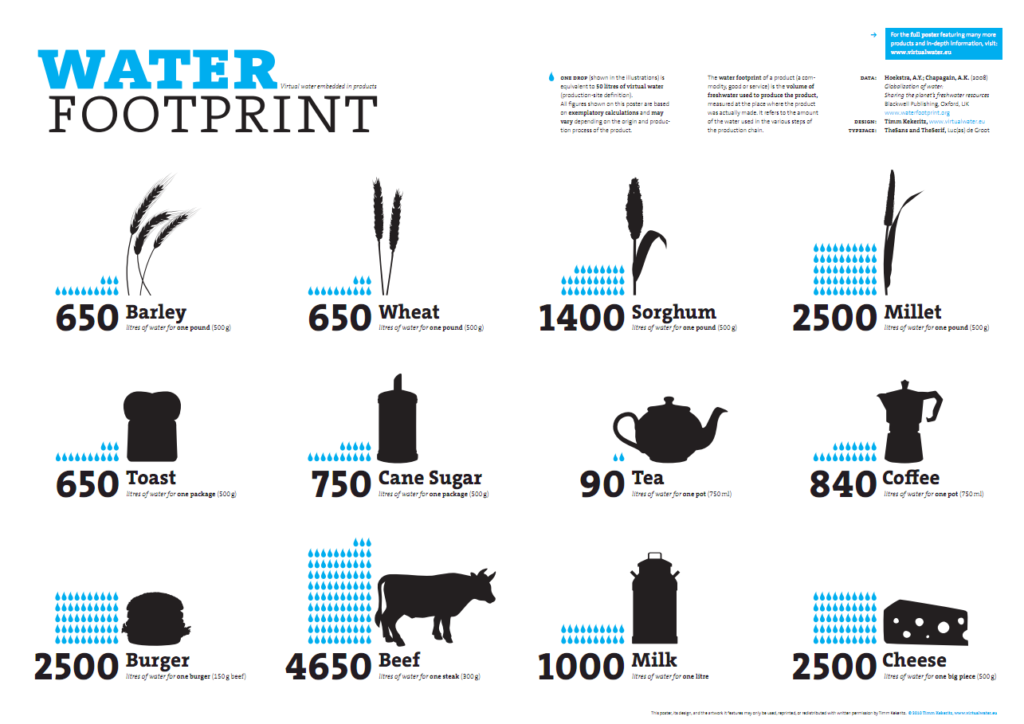Virtual reality technology has been around for quite some time, but it is still a relatively new concept to many people. Essentially, virtual reality technology is a computer-generated simulation of a three-dimensional environment that can be interacted with in a seemingly real or physical way. It allows users to immerse themselves in a completely different world, one that can be customized to their liking and provide an experience that is both unique and unforgettable.
The technology behind virtual reality is constantly evolving, and it has a wide range of applications in various fields, such as entertainment, education, healthcare, and even military training. From gaming and movies to virtual tours and simulations, virtual reality technology has the potential to revolutionize the way we perceive and interact with the world around us. In this article, we will explore the ins and outs of virtual reality technology, its history, how it works, and the different ways it can be used to enhance our lives.
Virtual Reality (VR) technology is an immersive experience that replicates an environment through the use of computer-generated images, sounds and other sensations. It is an artificial environment created with software and presented to the user in such a way that the user suspends belief and accepts it as a real environment. It is typically presented as a 3D environment that the user explores while wearing a head-mounted display (HMD) or using a specially designed room.

What is Virtual Reality Technology?
Virtual reality (VR) technology is a computer-generated simulation of an environment or situation that immerses a user in a realistic, interactive 3D environment. Users experience a sense of presence within the virtual environment as they interact with objects and other people in real-time. VR technology has been around since the 1960s, but has recently gained more attention due to the rapid advancement of technology and the increasing affordability of consumer-grade VR headsets and other related hardware.
How Does Virtual Reality Work?
The simplest way to explain how virtual reality works is to imagine a headset that covers the user’s eyes and connects to a computer and sensors. When the user puts on the headset, the computer and sensors detect their movements and provide a 3D, interactive environment for the user to explore. The user can interact with objects, other people, and their environment in real-time. The headset also contains a microphone and speakers so the user can hear the environment around them and communicate with other people.
To create the most realistic experience, the computer and sensors must track the user’s movements accurately and respond quickly. This requires sophisticated software algorithms and powerful hardware such as graphics processors and accelerometers. The computer also has to render the 3D environment in real-time, which requires a great deal of processing power.
What Are the Benefits of Virtual Reality?
One of the primary advantages of virtual reality is its ability to provide a more immersive experience than traditional computer displays. VR technology can be used to simulate almost any environment, which allows users to explore new places or revisit old ones. It also allows users to experience situations they may never have encountered in the real world, such as flying or underwater exploration.
VR technology also has potential applications in many different fields such as medicine, education, entertainment, and military training. For example, it can be used to create virtual simulations for medical students to practice surgery in a controlled environment, or for military personnel to train for combat without putting themselves in harm’s way. It can also be used to create more interactive learning environments for students or to create more immersive gaming experiences.
What Are the Limitations of Virtual Reality?
Despite the potential of virtual reality, there are some limitations to its use. One of the major issues is the cost of the hardware required to run it. VR headsets and other hardware can be quite expensive and may not be affordable for everyone. Additionally, the graphics and other features of VR applications may not be as high-quality as those of traditional video games.
Another limitation is the potential for motion sickness. Some users may experience discomfort or nausea when using VR technology due to the disconnect between the movements of their body and the movements of the virtual environment. Finally, there is the potential for users to become too immersed in the virtual world, which can lead to psychological issues such as addiction.
Frequently Asked Questions
Virtual reality technology is a form of computer-generated simulation that allows a user to experience a completely different world to the one they are in. It has been used in a variety of ways ranging from gaming to medicine and engineering.
What is Virtual Reality Technology?
Virtual Reality (VR) is a computer-generated environment, which users can interact with in a seemingly real or physical way. It is created using a combination of software and hardware and usually involves the use of a headset to provide a fully immersive experience. The user is able to interact with the environment by using a controller or other input device. There is also the ability to add additional components such as haptic feedback for a more realistic experience.
VR technology has been around for decades, but recent advances in technology have made it more accessible and affordable. This has opened up the possibility of using it for a variety of applications. It is now being used in gaming, entertainment, healthcare, education, engineering and many other fields.
What are the Benefits of Virtual Reality Technology?
Virtual reality technology has a number of benefits that make it attractive to a wide range of users. One of the main benefits is the ability to create a completely immersive experience. This allows the user to be fully immersed in the environment, making it feel as though they are actually present in the virtual world. This can be especially useful for gaming applications, where the user can have a more realistic experience.
VR technology also has the potential to be used as a form of therapy. It can be used to help people overcome fears, phobias and anxiety. It can also be used to help people with physical rehabilitation. The use of VR technology can also help to improve cognitive skills, as well as helping to reduce stress and improve relaxation.
What are the Drawbacks of Virtual Reality Technology?
Although VR technology has a number of benefits, there are also some drawbacks. One of the main drawbacks is that it can be difficult to use, especially for those who are new to it. It can also be quite expensive, as the hardware and software needed to produce a virtual reality experience can be quite costly. Additionally, there is the potential for users to become overly immersed in the experience, which can lead to a loss of physical awareness and potential injury.
What is the Future of Virtual Reality Technology?
The future of virtual reality technology is very promising. With advances in technology and the introduction of new platforms, it is likely that the use of VR technology will continue to grow. It is also likely that the technology will become more affordable and easier to use, allowing more people to access it.
The potential applications of VR technology are also vast. It is likely that it will continue to be used in gaming and entertainment, but it could also be used to improve healthcare, education, engineering and other fields. Additionally, it could be used to improve the way people interact with each other, as well as to create new and exciting experiences.
What Hardware is Needed to Use Virtual Reality Technology?
In order to use virtual reality technology, a user will need a PC that meets the minimum requirements for the VR software being used. This will usually include a powerful processor, a graphics card, and a display that is capable of producing a high-quality 3D image. Additionally, a headset is needed, which can vary depending on the type of VR experience being used. Some headsets are self-contained, while others require additional hardware such as cameras and controllers.
The cost of the hardware needed to use virtual reality technology can vary greatly depending on the type of experience being used. For some experiences, such as gaming, a relatively inexpensive headset and computer may be adequate. For others, such as medical or engineering simulations, more expensive hardware may be required.

In conclusion, virtual reality technology is a rapidly evolving field that is transforming the way we experience media and interact with the world around us. From immersive gaming experiences to cutting-edge medical training simulations, VR has the potential to revolutionize many different industries and change the way we learn, work, and play.
As we continue to develop new and more advanced VR technologies, it’s clear that the possibilities for this technology are virtually endless. Whether you’re a business owner looking to enhance employee training, a gamer seeking a more immersive experience, or simply someone who wants to explore new worlds and experiences, virtual reality technology has something to offer. So if you haven’t yet had the chance to try out a VR headset or explore a virtual world, now is the time to jump in and see what all the hype is about.





Hey would you mind letting me know which web host you’re working with?
I’ve loaded your blog in 3 different web browsers and I must say this blog loads a lot faster then most.
Can you suggest a good internet hosting provider at a honest price?
Thank you, I appreciate it!